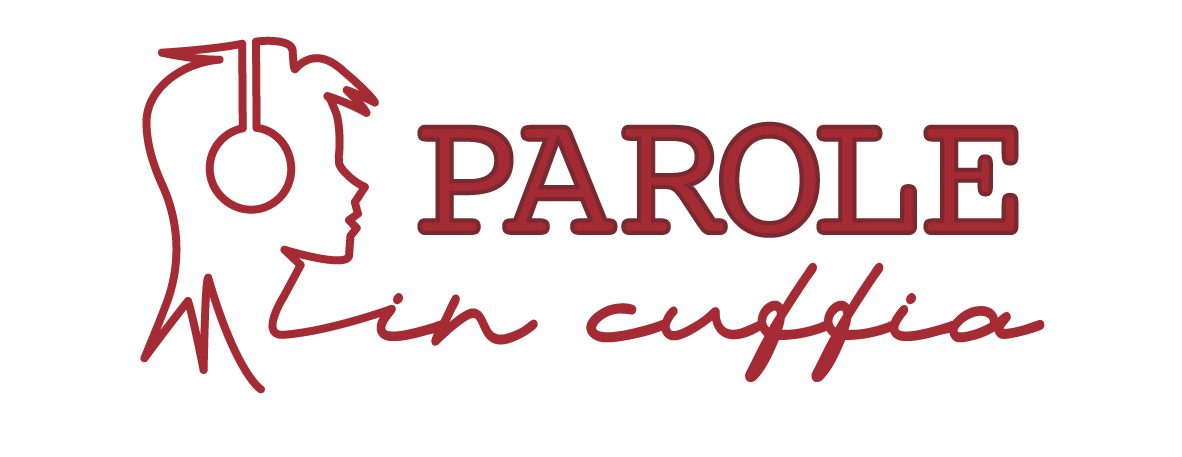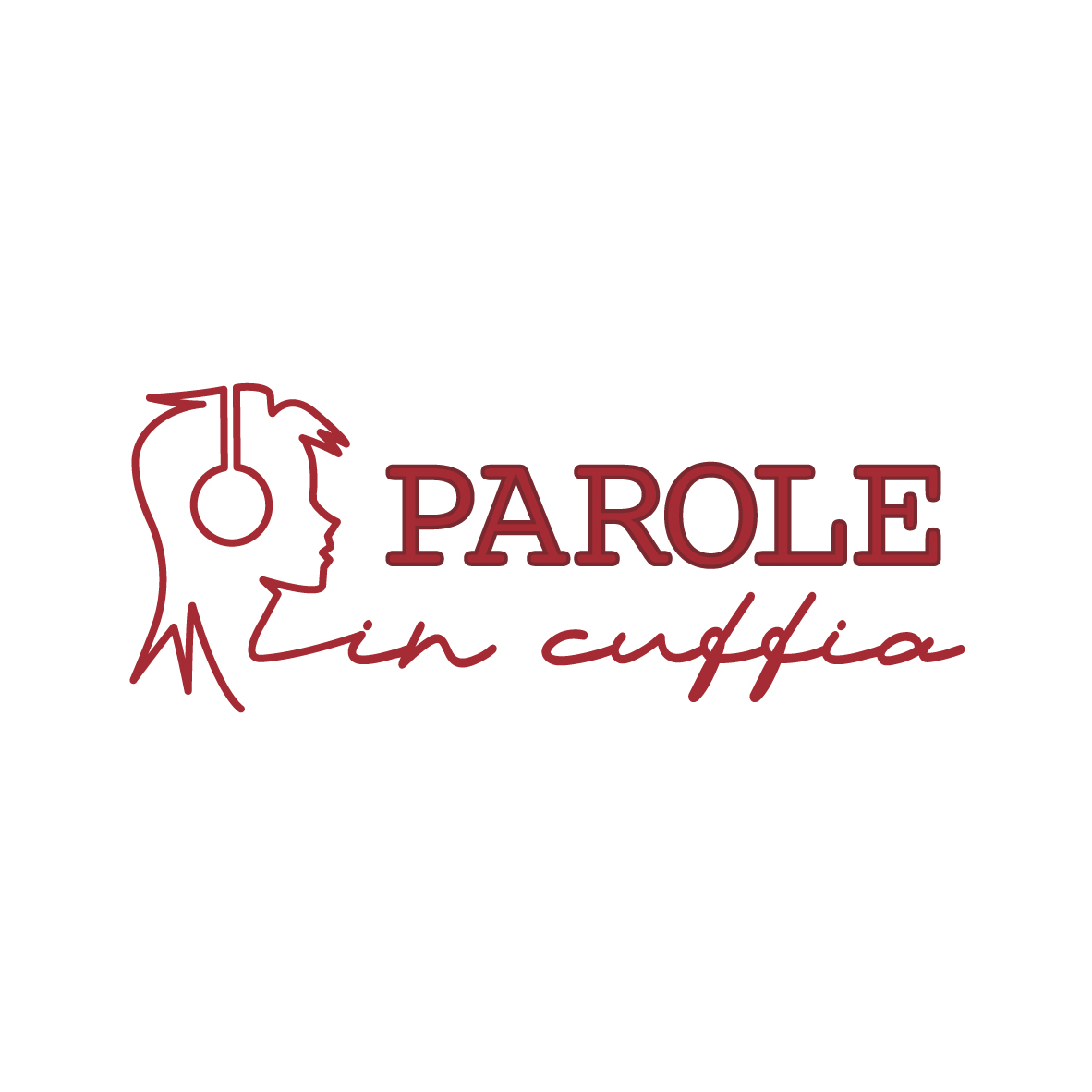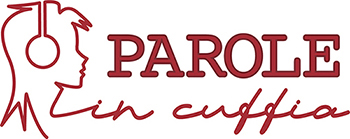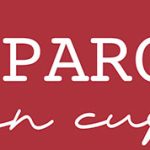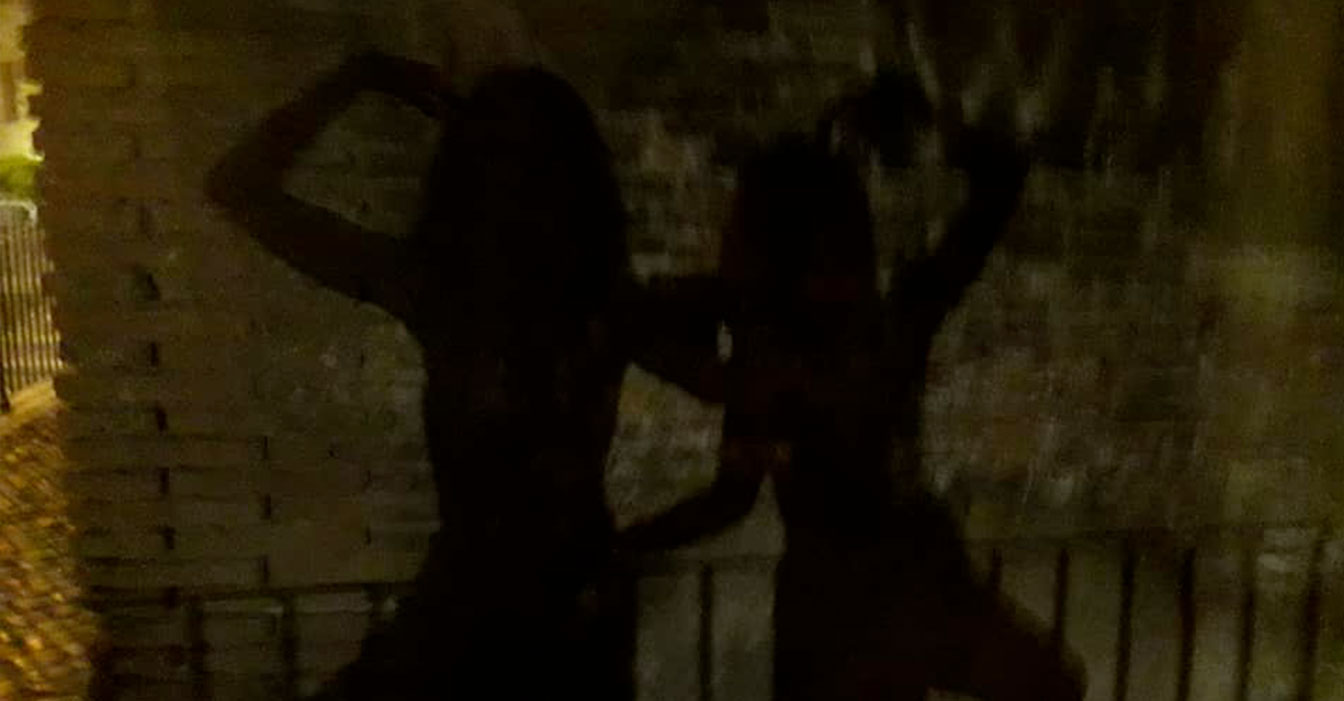
Movimenti
In ogni tempo e in ogni luogo, chi riesce a muoversi a corpo libero?
Nel 2020, prima e dopo il virus pervasivo che ha cambiato la nostra quotidianità ho proposto alla Radio Svizzera Italiana due riflessioni sul corpo costretto e liberato, sulla tensione tra stare per necessità e scegliere di stare. Su quanto ogni ragionamento sulla libertà parta da un più semplice sentire con tutti i nostri sensi a disposizione.
Mi ero già messa in ascolto di una porzione di un territorio e di una storia che ho raccontato nell’audio doc Scampia a parole tue. Non mi ero fatta domande, alcune le avevo poste alle bambine incontrate sotto la Vela Celeste, con le buste dei detersivi da portare a casa, con i sogni da principessa nei loro vestiti rosa.
Il nostro futuro lo teniamo in mano o in un giro di tombola siamo noi l’ultimo numero estratto per fare colpo, fare il botto?
Ho continuato con A corpo libero, incontro a due voci per capire cosa succeda al nostro corpo quando un evento imprevisto mette a rischio i più semplici gesti di contatto col mondo.
Buffo che in entrambi i lavori il luogo reale o metaforico di detenzione e isolamento, quale il carcere, possa rappresentare anche la possibilità di una svolta per sé e per gli altri, senza eroi né bandiere, salvati o salvatori, carità a poco prezzo.
Movimenti sconvenienti sono quelli che non ti aspetti in quel tempo e in quel luogo, che non ti assicurano la fine di una pena ma che ti immergono in maniera stringente in “altro da te” e con esercizio continuo di stupore e impegno ti fanno essere davvero libero.
“Gli spazi di libertà sono tutti a livello di immaginazione, cioè di possibilità di ricostruirsi, di immaginarsi in maniera altra. E non è un’illusione, questa”. (Armando Punzo).
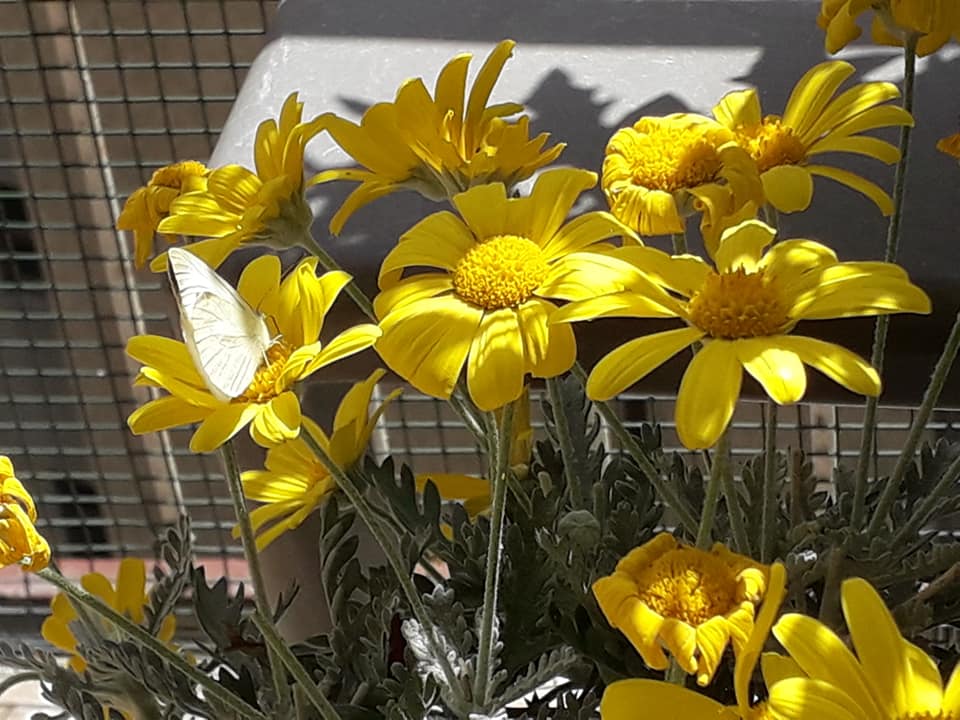
n every time and place, who can move freely?
In 2020, before and after the pervasive virus that changed our daily lives, I proposed two reflections to the Swiss Italian Radio on the constrained and liberated body, on the tension between being there out of necessity and choosing to be there. About how any reasoning on freedom starts from a simpler feeling with all our senses at our disposal.
I had already begun listening to a portion of a territory and a story that I recounted in the audio documentary Scampia a parole tue. I hadn’t asked myself questions; some I had posed to the girls I met under the Vela Celeste, carrying bags of cleaning products to take home, with dreams of being princesses in their pink dresses.
Do we hold our future in our hands, or are we, in a lottery game, the last number drawn to make an impression, to make a splash?
I continued with A corpo libero, a dialogue meant to understand what happens to our body when an unforeseen event jeopardizes the simplest gestures of contact with the world.
It’s funny that in both works, the real or metaphorical place of detention and isolation, such as prison, can also represent the possibility of a turning point for oneself and others, without heroes or flags, rescues or saviors, charity at a low cost.
Inappropriate movements are those that you don’t expect in that time and place, that don’t guarantee the end of a sentence but immerse you tightly in “something other than yourself,” and through a continuous exercise of wonder and effort, make you truly free.
“The spaces of freedom are all at the level of imagination, that is, of the possibility of reconstructing oneself, of imagining oneself in another way. And this is not an illusion.” (Armando Punzo).
If you need any further assistance or a specific part translated in more detail, feel free to ask!
